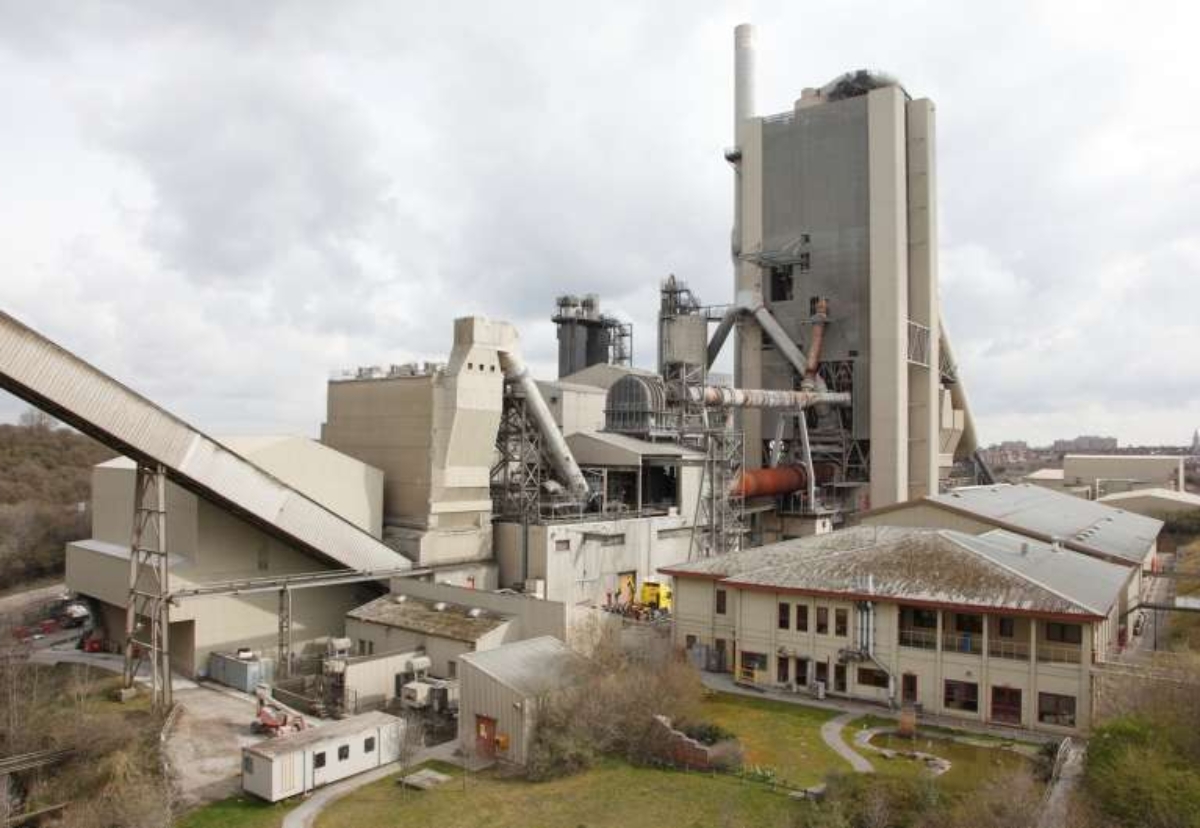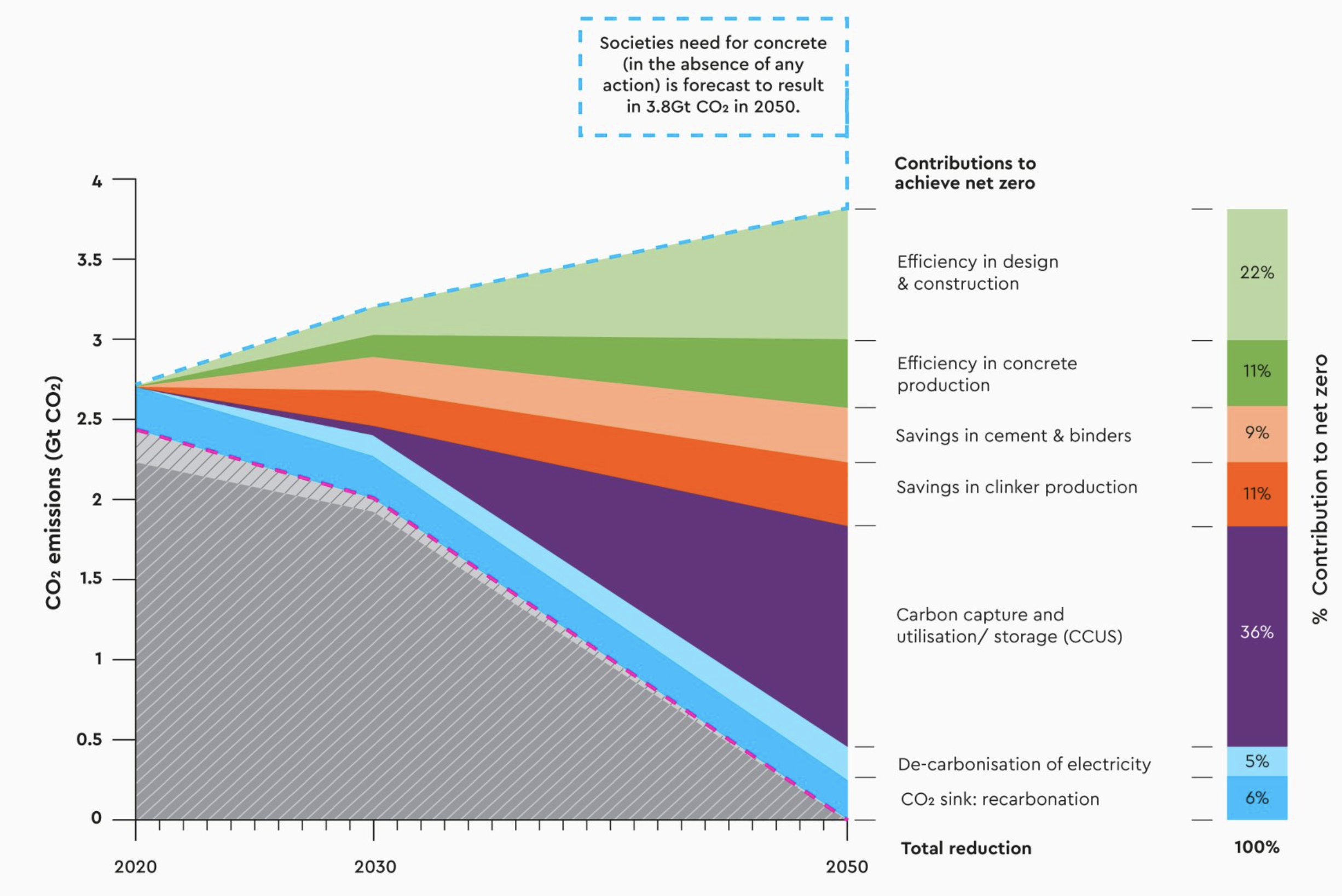The world’s most used human-made material accounts for 7% of total global CO2 emissions and is a pivotal material in the response to the climate emergency.
The cement producers target marks the biggest global commitment by an industry to net zero so far – bringing together companies from the Americas, Africa, Asia, including India and China, and Europe.
The firms have affirmed their commitment to net zero concrete by 2050 and agreed to a more ambitious intermediate goal of preventing 5 billion tonnes of CO2 emissions by 2030.
This is equivalent to the CO2 emissions of almost 15 billion flights from Paris to New York.
The roadmap to get there is built around a seven-point plan that seeks to cut the amount of CO2intensive clinker in cement, significantly reduce fossil fuel use in manufacturing, and accelerate innovation in products, process efficiency and breakthrough technologies including carbon capture.
Cement industry net-zero plan
The Global Cement and Concrete Association has also called on governments, designers and contractors to play their part by assembling the right public policies and investments to support the global scale transition of the industry.
These include greater development of critical technologies such as carbon capture and storage, and reforms to public works procurement policy to encourage the use of low-carbon cement and concrete products.
Thomas Guillot, GCCA Chief Executive, said: “We now need governments around the world to work with us and use their huge procurement power to advocate for low carbon concrete in their infrastructure and housing needs.
“We require their support to change regulation that limits the use of recycled materials and impedes the transition to a low carbon and circular economy.”
The association counts companies such as CEMEX, CNBM, CRH, HeidelbergCement, Holcim and Votorantim as members.
Click for full cement and concrete roadmap to net zero report.

.gif)





.gif)



































 (300 x 250 px).jpg)














